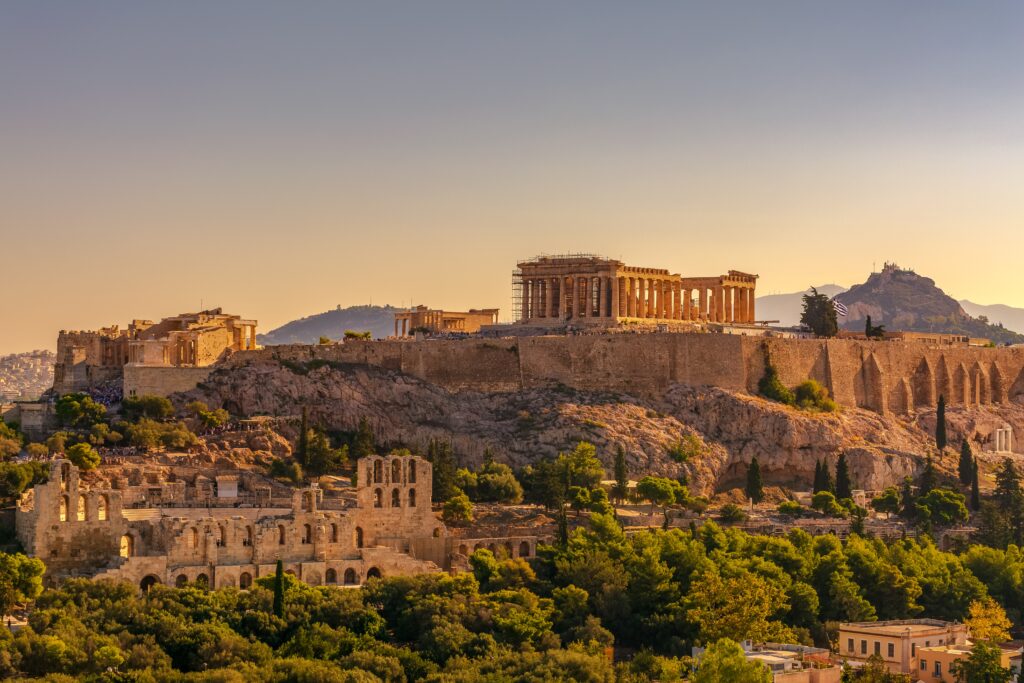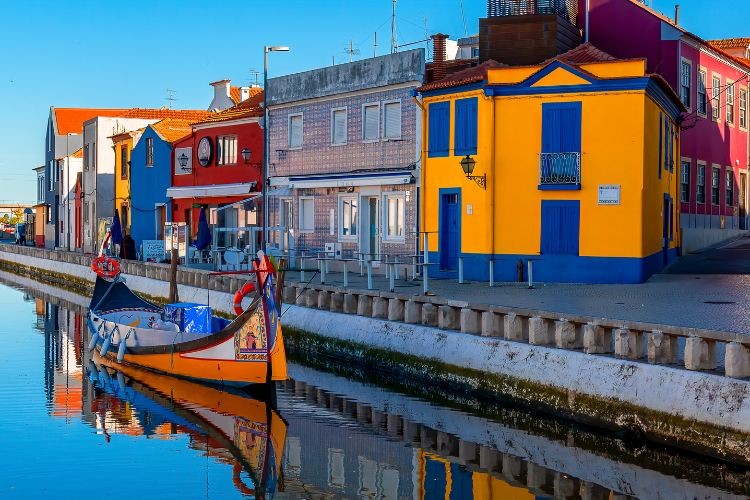In a transformative era of urban planning, where cities are increasingly focusing on the needs of their residents and striving to reduce carbon emissions, the ’15-minute city’ concept has emerged as a beacon of hope for a more sustainable and equitable urban future. This decentralized model, comprising a network of walkable neighbourhoods, seeks to create self-sufficient communities. This results in everything an individual needs is within a short walking or biking distance.
Embracing this paradigm shift, Athens, with its deeply ingrained social fabric and historical foundations, stands poised to grow into a 15-minute city, exemplifying the ideals of the urban utopia.
What is a 15-minute city?
The “15-minute city” is an urban planning concept introduced by Professor Carlos Moreno in 2016. This concept is aiming to create communities where essential amenities like grocery stores, schools, and workplaces are all within a 15-minute walk or bike ride from people’s homes.
This approach reduces car dependency, decreasing pollution and improving air quality while fostering stronger community ties. This leads into enhancing the overall quality of life. By breaking down vast urban areas into smaller, self-sufficient communities, the 15-minute city model promotes sustainable development. It even addresses pollution issues. While the term may be new, its principles have underpinned human settlements for centuries. As a result this makes it a viable strategy to shape modern urban centres and create more livable and cohesive environments.
Would Athens fit the concept?
“Athens has the potential to grow into a 15-minute city because its social fabric has already laid the foundations for it. Looking at the Athenian city grid, we notice an interesting and repetitive pattern across the whole urban sprawl that underpins most of the city: the presence of the plateia.“
These squares serve as dynamic hubs where people converge to live, work, socialize, and celebrate. Nestled around a church, the plateia exudes a unique cultural and social essence that reflects the character of each neighbourhood. The plateia, embodies the concept of the urban utopia envisioned by Patrick Geddes, the 19th-century Scottish polymath and town planning pioneer. In Geddes’ utopia, ‘folk, work, and place’ harmoniously intersect. This ideal has been deeply integrated into the Greek psyche for generations, making the plateia a true embodiment of the Greek urban utopia.
Athens’ urban layout is already well-aligned with the tenets of the 15-minute city. Many of its neighbourhoods are inherently structured to support this decentralized model. However, Greek policy legislation must be steered in the right direction to embrace the concept and ensure its successful implementation fully.

The essential steps
Firstly, transportation planning must undergo a fundamental shift. By prioritizing cycling and pedestrian infrastructure, Athens can reduce reliance on fuel-based transportation, leading to lower carbon emissions and improved well-being for its citizens. As streets become more walkable and bike-friendly, people can easily navigate their neighbourhoods, fostering a greater sense of community and reducing the stress associated with traffic congestion.
Secondly, the city must focus on creating urban diversity, particularly in housing options. By offering equitable housing types, affordable living becomes more accessible to a broader spectrum of the population. This inclusivity ensures that people from all walks of life can participate in and contribute to the vibrant fabric of the 15-minute city.
Moreover, Athens can take a leaf from nature’s playbook by cultivating more green spaces throughout the city. Parks and communal gardens provide recreational areas and act as meeting points where residents can connect and benefit from the therapeutic proximity to nature.
As the Athenian metropolis has evolved and expanded over centuries, the current juncture presents an opportunity to redefine its urban identity. Therefore by placing its residents’ needs at the heart of its development, Athens can pave the way for a more inclusive and sustainable future. The concept of the 15-minute city resonates strongly with the deeply-rooted cultural significance of the plateia. This synergy can shape the city’s transformation.
Therefore, with its plateia-centred urban fabric and historical ties to the urban utopia concept, Athens is poised to lead the way in this progressive movement. By bolstering transportation alternatives, promoting urban diversity, embracing green spaces, and putting citizens’ needs first, Athens can truly blossom into a model 15-minute city, inspiring more cities worldwide.



